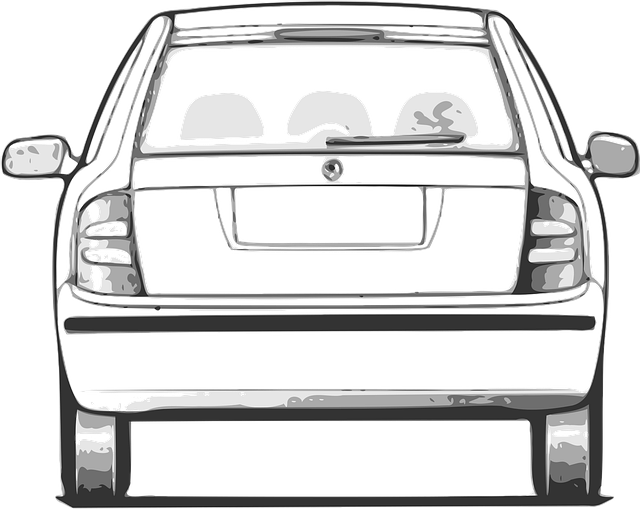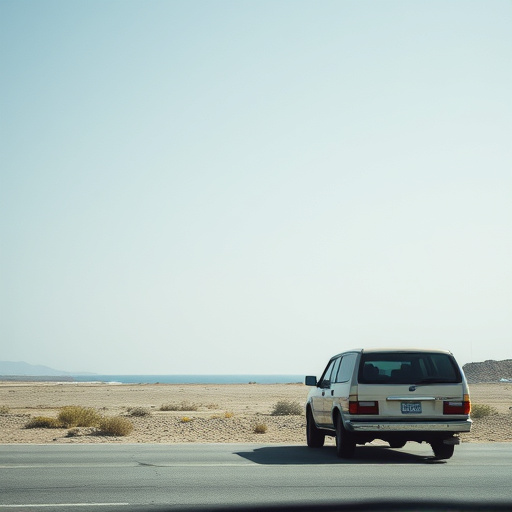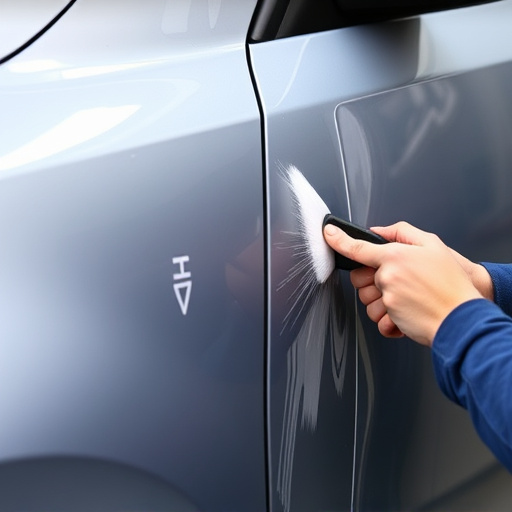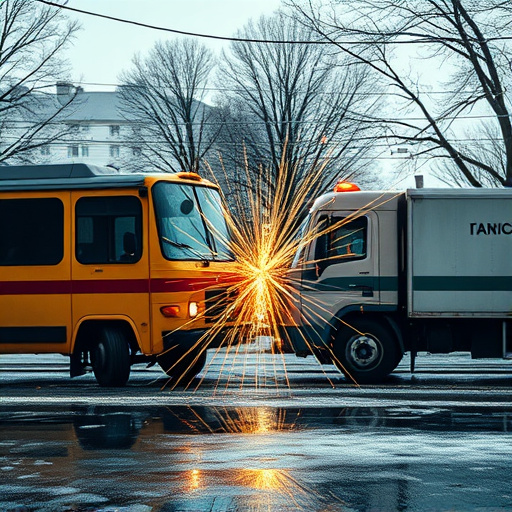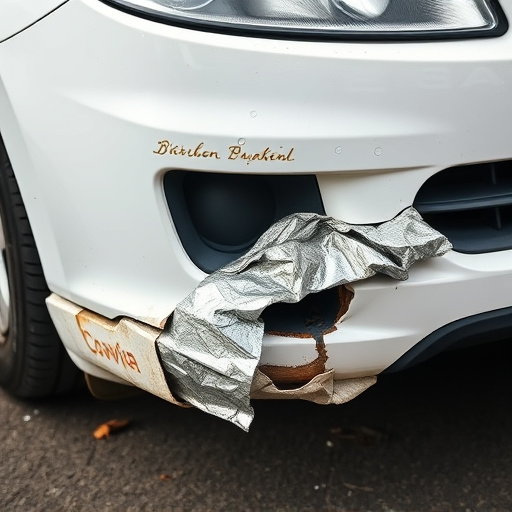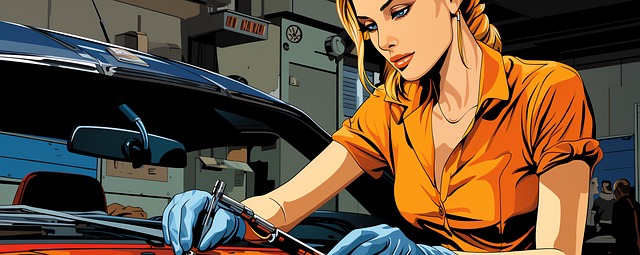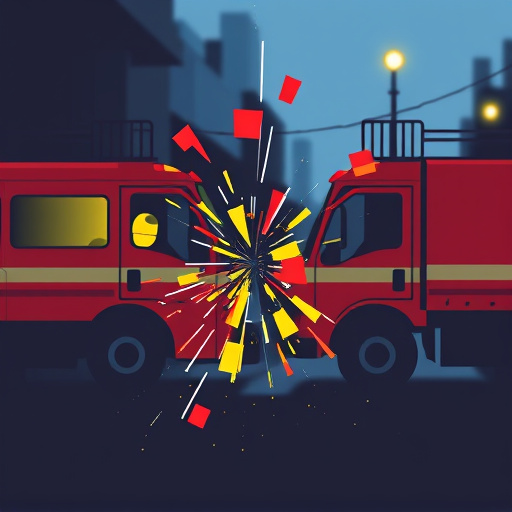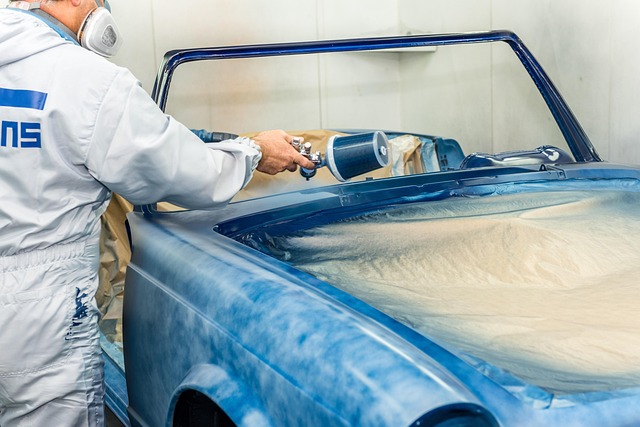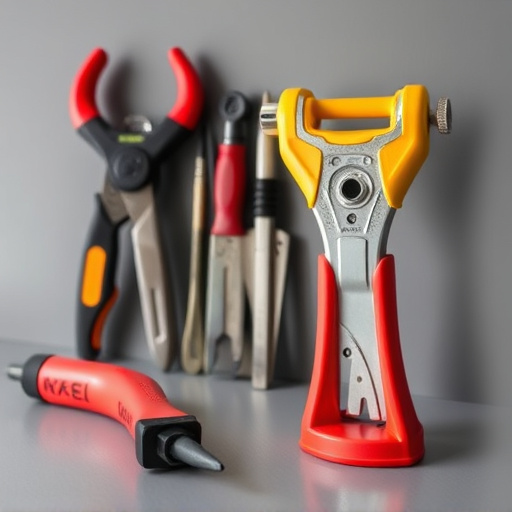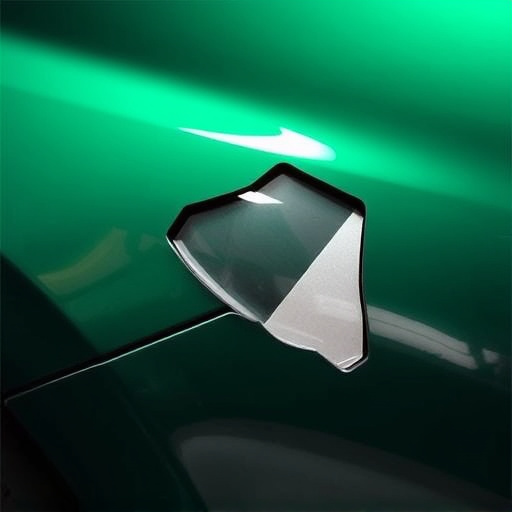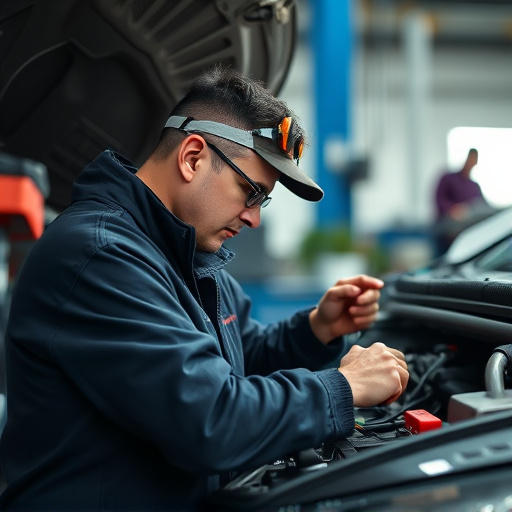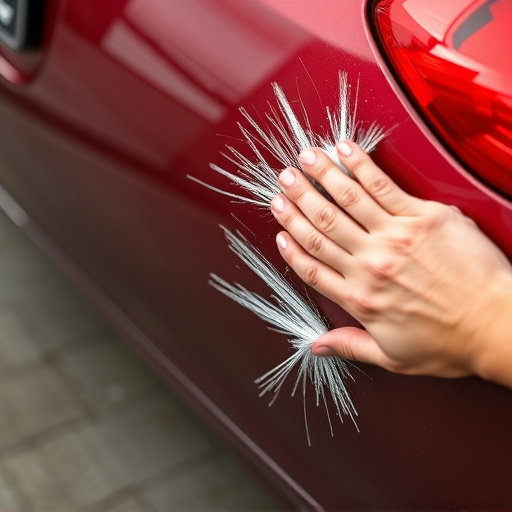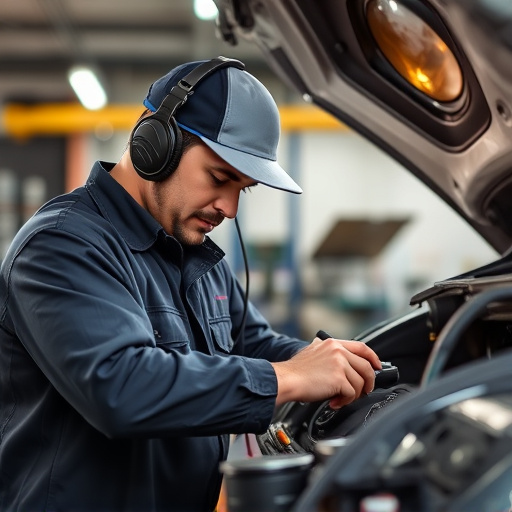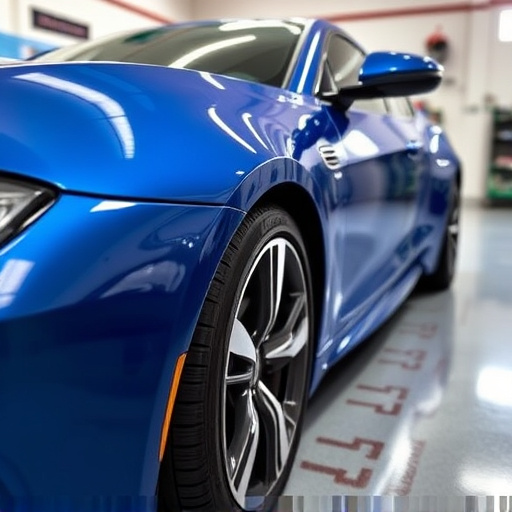The intricate relationship between paint and finish in auto bodywork significantly influences accident repair estimates. Damage to exterior panels affects both aesthetics and repair complexity, requiring skilled precision to match original colors perfectly. Repair processes involve panel repair, thorough surface preparation, and seamless blending with existing finishes. Cost considerations include damage extent, part availability, labor rates, and the type of paint used, collectively impacting final accident repair estimates.
In the intricate world of auto body repairs, paint and finish play a pivotal role in accident repair estimates. This article delves into the complex relationship between these elements and their profound impact on cost assessments. We explore how varying paint types and finishes influence material expenses and labor time, offering valuable insights for customers navigating post-accident restoration. Furthermore, we dissect the broader implications of paint quality on vehicle durability and resale value, providing essential guidance for informed decision-making in accident repair processes.
- Understanding the Complex Relationship Between Paint and Finish
- – The role of paint and finish in accident repair estimates
- – Factors affecting paint and finish costs in automotive repairs
Understanding the Complex Relationship Between Paint and Finish
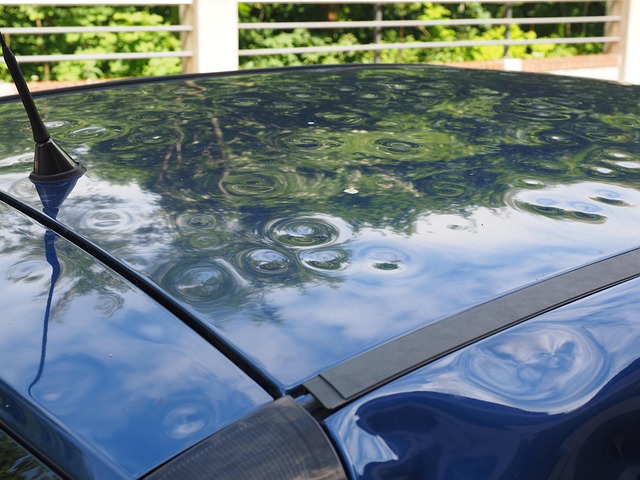
The relationship between paint and finish in auto bodywork is intricate and significantly impacts accident repair estimates. When a vehicle undergoes an accident, damage to the exterior—including dented panels, scraped paint, or cracked finishes—not only affects its aesthetic appeal but also complicates the repair process. Auto painting is a meticulous art that requires skilled technicians to match the original vehicle paint precisely. This precision is crucial for restoring not just the look but also the value of the vehicle post-repair.
In accident repair, understanding the complexities of auto painting and finish is vital. Vehicle paint repair involves more than simply applying new paint; it entails repairing or replacing damaged panels, preparing the surface thoroughly, and ensuring a seamless blend with the existing finish. The cost of these repairs varies based on factors like the extent of damage, availability of original parts, and labor rates—all aspects that influence final accident repair estimates.
– The role of paint and finish in accident repair estimates
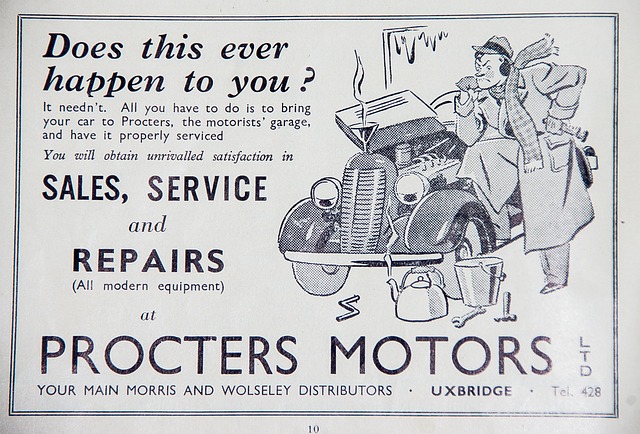
Paint and finish play a significant role in accident repair estimates as they are substantial components that greatly impact the overall cost of vehicle repair. In an auto collision center, the condition and quality of a car’s paint job prior to the accident are key factors in determining post-repair aesthetics and durability. Repairs often involve not just fixing structural damage but also matching or enhancing the original finish, ensuring the vehicle looks as good as new.
The complexity of this process varies depending on the extent of the collision, affecting labor costs and the time taken to complete repairs. Auto collision repair specialists need to carefully assess and plan paint and finish work to accurately estimate accident repair expenses. This includes considering factors like the amount of repainting required, special effects or protective coatings, and ensuring seamless integration with the vehicle’s existing color and texture.
– Factors affecting paint and finish costs in automotive repairs
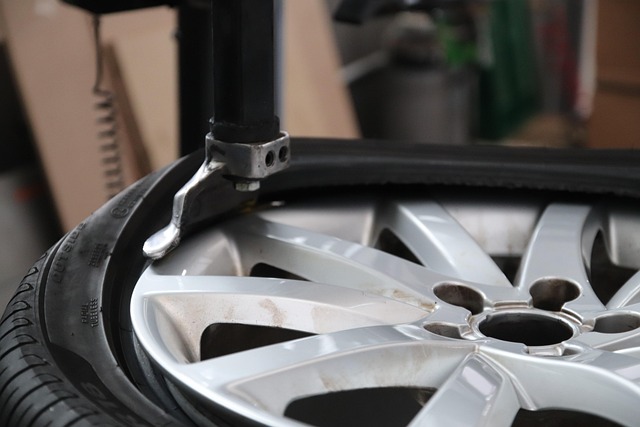
Several factors influence the cost of paint and finish in automotive accident repairs. One of the primary considerations is the extent of damage to the vehicle’s exterior. Complex repairs involving multiple panels, deep scratches, or dent removal will inevitably drive up costs due to the labor-intensive nature of these processes. The type of paint used is another significant factor; high-end, specialized paints or custom finishes can significantly increase accident repair estimates compared to standard factory replacements.
Additionally, the availability and cost of original equipment manufacturer (OEM) parts play a crucial role. Car restoration services often use OEM parts, which can be more expensive than aftermarket alternatives. The age and make of the vehicle also come into play; older cars might require specialized paints or hard-to-find finishes, adding to the overall repair costs. Furthermore, factors like environmental conditions, such as extreme weather or poor air quality, can impact the quality and longevity of paint jobs, potentially leading to future repairs and increased auto glass repair needs.
In understanding how paint and finish influence accident repair estimates, it’s clear that these components are not merely cosmetic. The complexity of their role, factoring in variables like material types, labor intensiveness, and environmental considerations, significantly impacts overall repair costs. By delving into these aspects, automotive professionals can provide more accurate quotes, ensuring customers receive transparent pricing for essential accident repair services.
